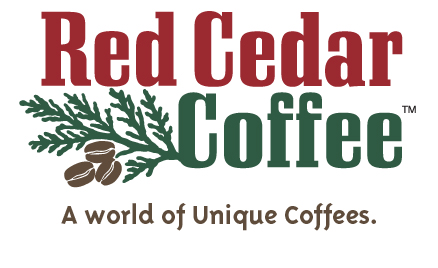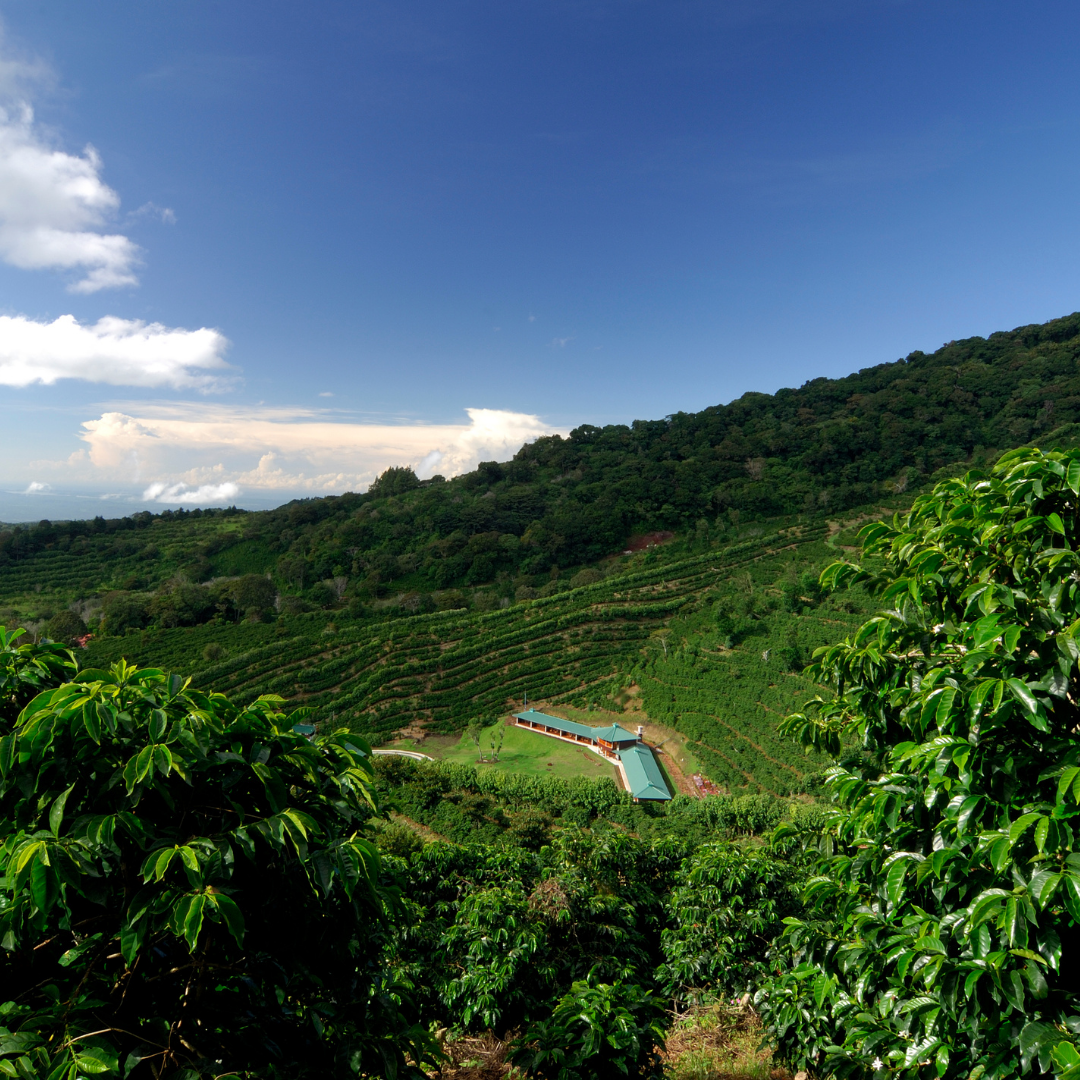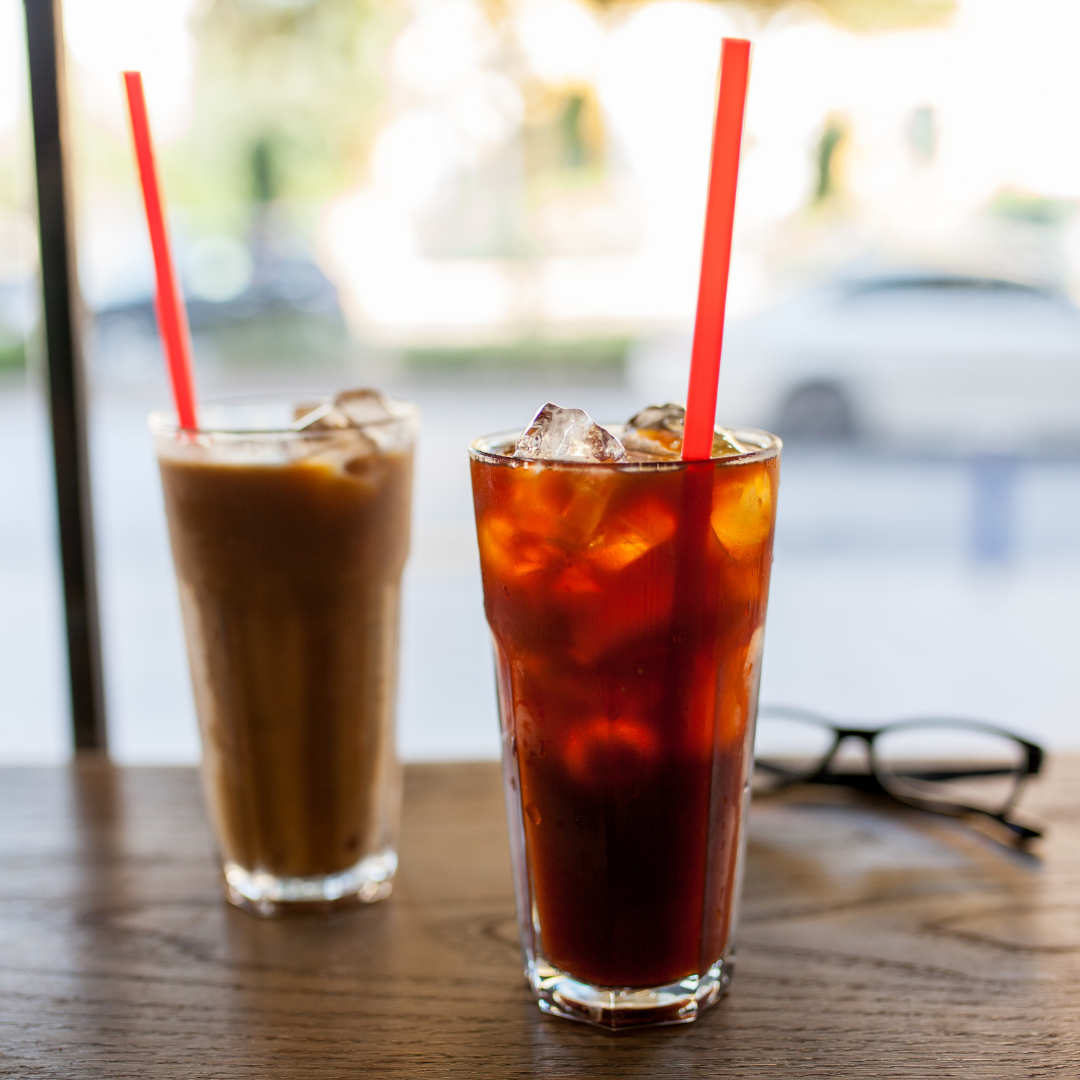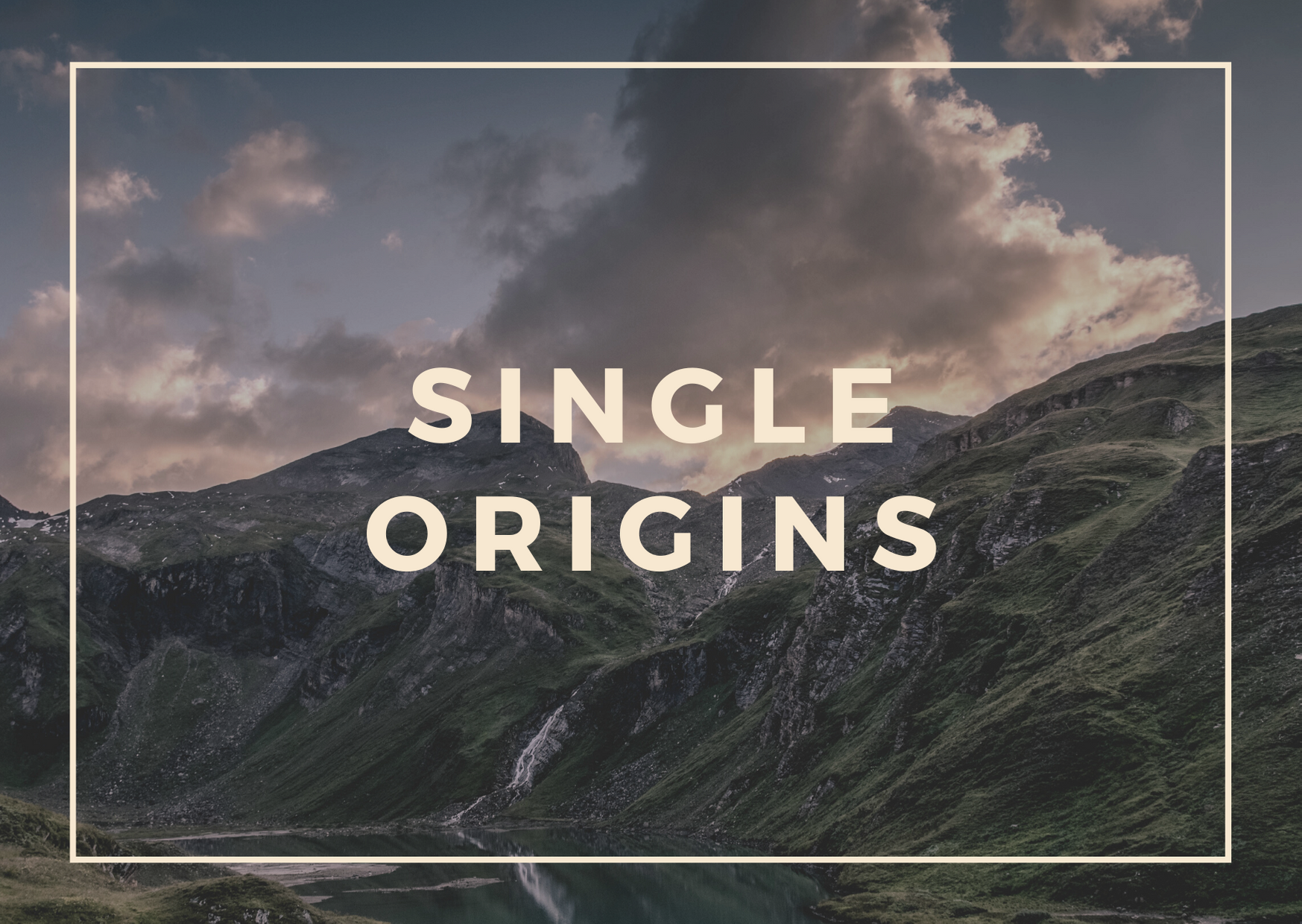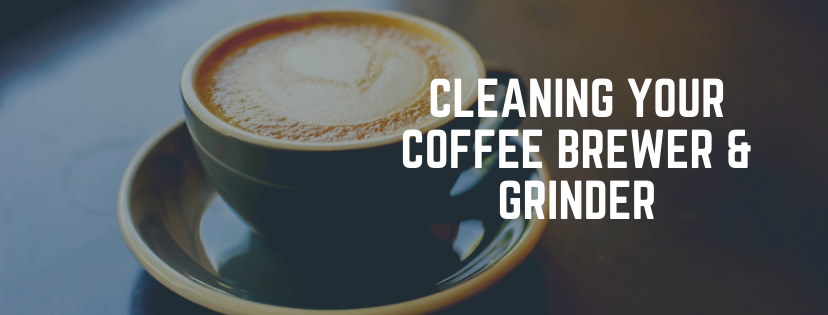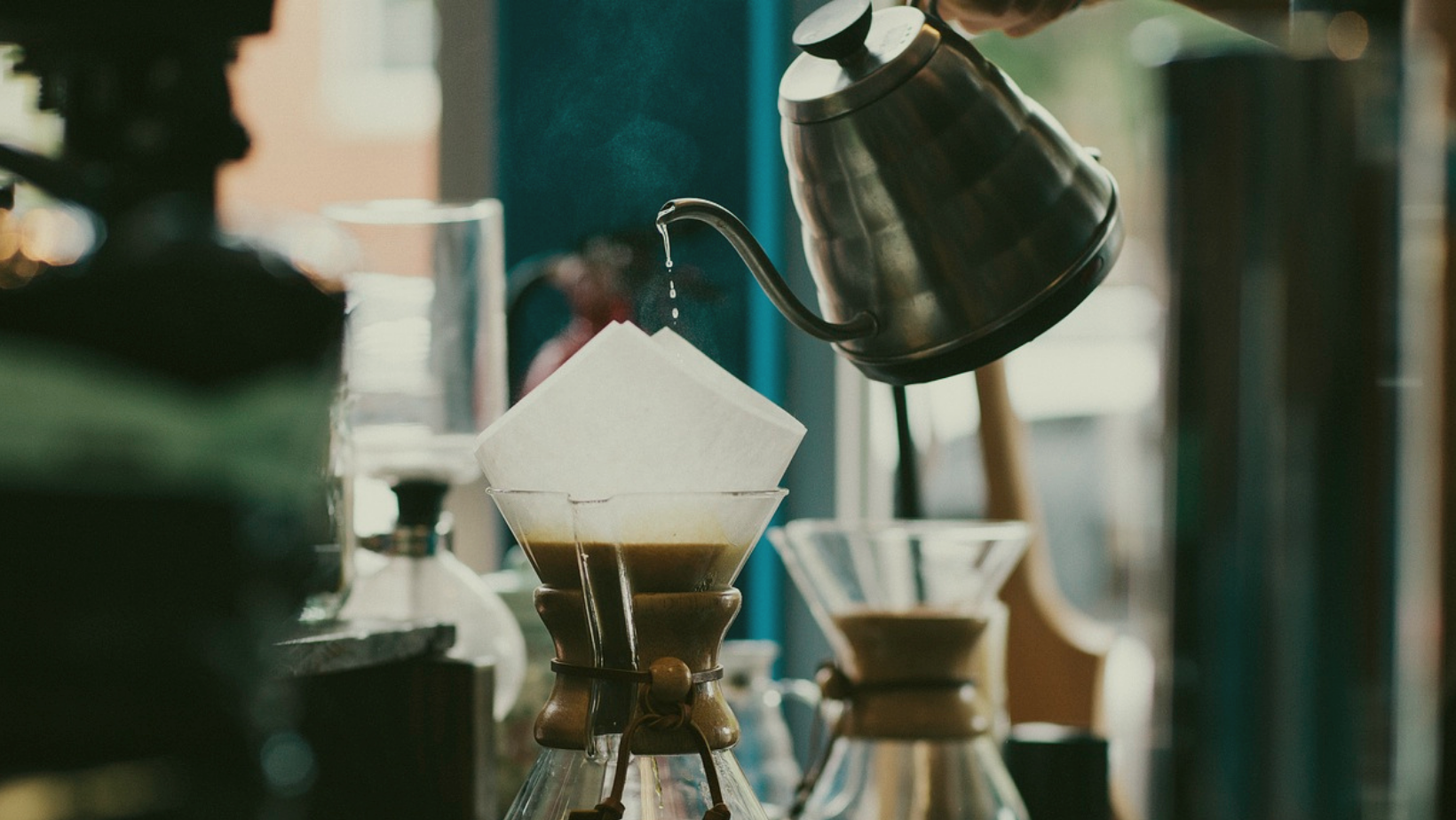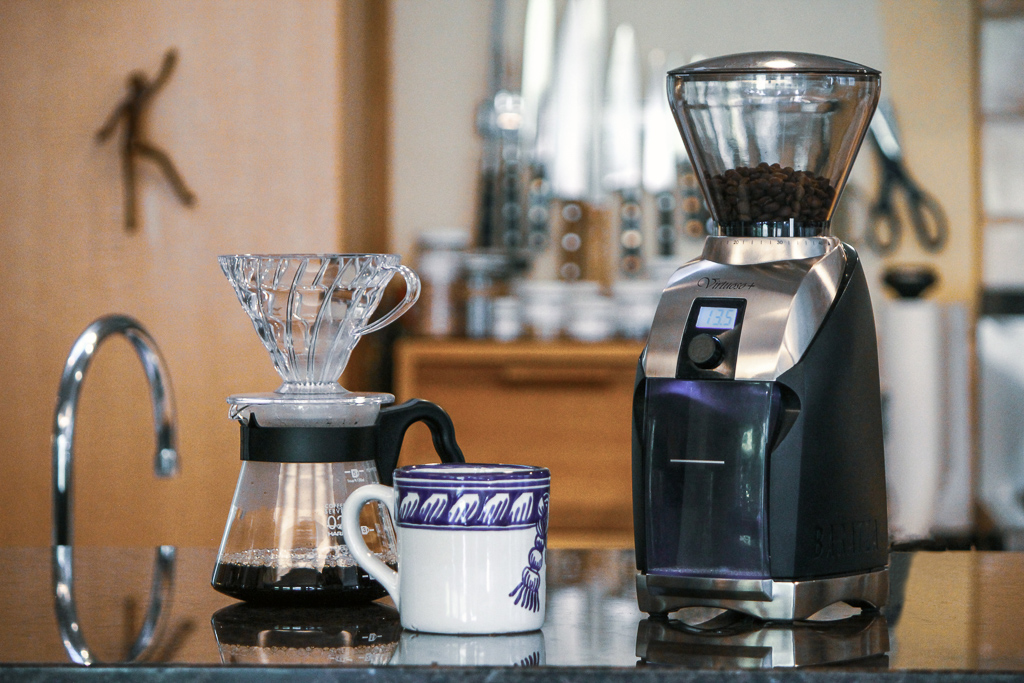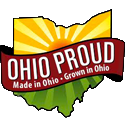4/7/2025
Our Reward Program will be discontinued as of May 31, 2025. Please be sure to redeem eligible Rewards by the program’s end date.
We have truly appreciated your loyalty over the years, and we are grateful for every cup of coffee you have shared with us.
The last day to earn points and redeem rewards is May 31, 2025. After this date, any unused points will expire and the rewards platform will be deactivated.
We are brewing up some exciting changes, and we can’t wait to share them with you soon.
To check your reward status: If your cell phone number is used for the reward program, you can check your point balance on this website.
Please note, points and rewards are non transferable. They cannot be passed on, given to, or used by another person.
We appreciate your understanding and continued support and hope you continue to enjoy our coffee.
_____________________________________________________________________
THE REWARD PROGRAM WILL EXPIRE ON MAY 31, 2025.
Earn one point for each dollar spent on select 16 oz. (one pound) bags of coffee purchased directly from Red Cedar Coffee Co. Earn 240 points and receive a reward (expiration dates apply, select coffees available for reward redemption). Reward value is $15 off select 16 oz. (one pound) bags of coffee. Points and rewards expire on May 31, 2025.
- In Store: Enter your phone number into our register’s keypad to “check in/see rewards”.
- Online: Opt in to order updates/marketing/Square pay during the checkout process and provide your phone number each time you make a purchase at RedCedarCoffee.com.
PROGRAM RULES:
- No purchase necessary.
- Points and Rewards are linked to the participant’s name and phone number. Points & Rewards may not be transferred to, given to, or used by another person.
- Points and Rewards expire on May 31, 2025.
- Points are not awarded on gift certificates when purchased (points are issued as the certificate is redeemed on qualifying purchases); sales tax; gratuities; gift sets; corporate and wholesale orders. Only valid on purchases made at the Red Cedar Coffee Co. retail store and at Red Cedar Coffee Co.’s online store.
- We reserve the right to change or discontinue this program at any time without notice.
- Employees, wholesale accounts, corporate gifts are not eligible for the Rewards program.
- Available Reward must be applied/redeemed at time of purchase.
- Rewards (available or earned) may not be applied towards a previous purchase.
- Reward Program discounts are non-refundable.
PROGRAM UPDATES:
When will the Reward Program, Points and Rewards Expire?
The Reward Program will expire at close of business on May 31, 2025.
Where can I find my points balance?
To check your Red Cedar Coffee Rewards point balance, simply go to this website and enter your phone number. You will receive a code that will allow you to login and see your points.
What can I use my reward on?
Reward are good on select 16 oz. bags of coffee purchased from Red Cedar Coffee Co. Your reward is available after your have accumulated 240 points.
D
A
____________________________________________________
I made a purchase at the retail store and have enrolled in Red Cedar Coffee Rewards. Can I make a purchase online and receive points?
The Red Cedar Coffee Rewards is linked to the phone number you used to enroll. Provide the same phone number when you make a purchase online, opt in to Square Marketing to “claim” your points each time on eligible purchases you make a purchase at RedCedarCoffee.com.
Miscellaneous
By providing a cell phone number to enroll in the Reward program, you consent to receiving messages at the cell phone number you provided.
If you provide a cell phone number for the Reward program, you may receive a text when points are earned or about to expire. You must have text messaging enabled on your phone. Your mobile carrier’s message and data rates may apply. Please contact your mobile carrier for information about your text messaging plan. All related charges and fees are billed by and payable to your mobile service provider. Your mobile carrier may impose message or charge limitations on your account that are outside our control.
Red Cedar Coffee Co.’s Reward Program can change from time to time. Red Cedar Coffee Co. reserves the right, in its sole discretion, to cancel, change, modify or discontinue the Red Cedar Coffee Co. Reward Program, in whole, or in part, including any terms, rules, features, benefits, rewards, conditions of participation, points accruing or accumulation ratio, the point redemption policy, the points expiration policy, or any other aspect of the program at an time, with or without advanced notice, even though changes may affect points and reward already in your account. Red Cedar Coffee Co. is not responsible for incorrect phone numbers, mistakes, errors in creating a rewards account using a phone number.
Any changes will be effective immediately. At all times, you are solely responsible for remaining knowledgeable about and in compliance with the program’s terms.
